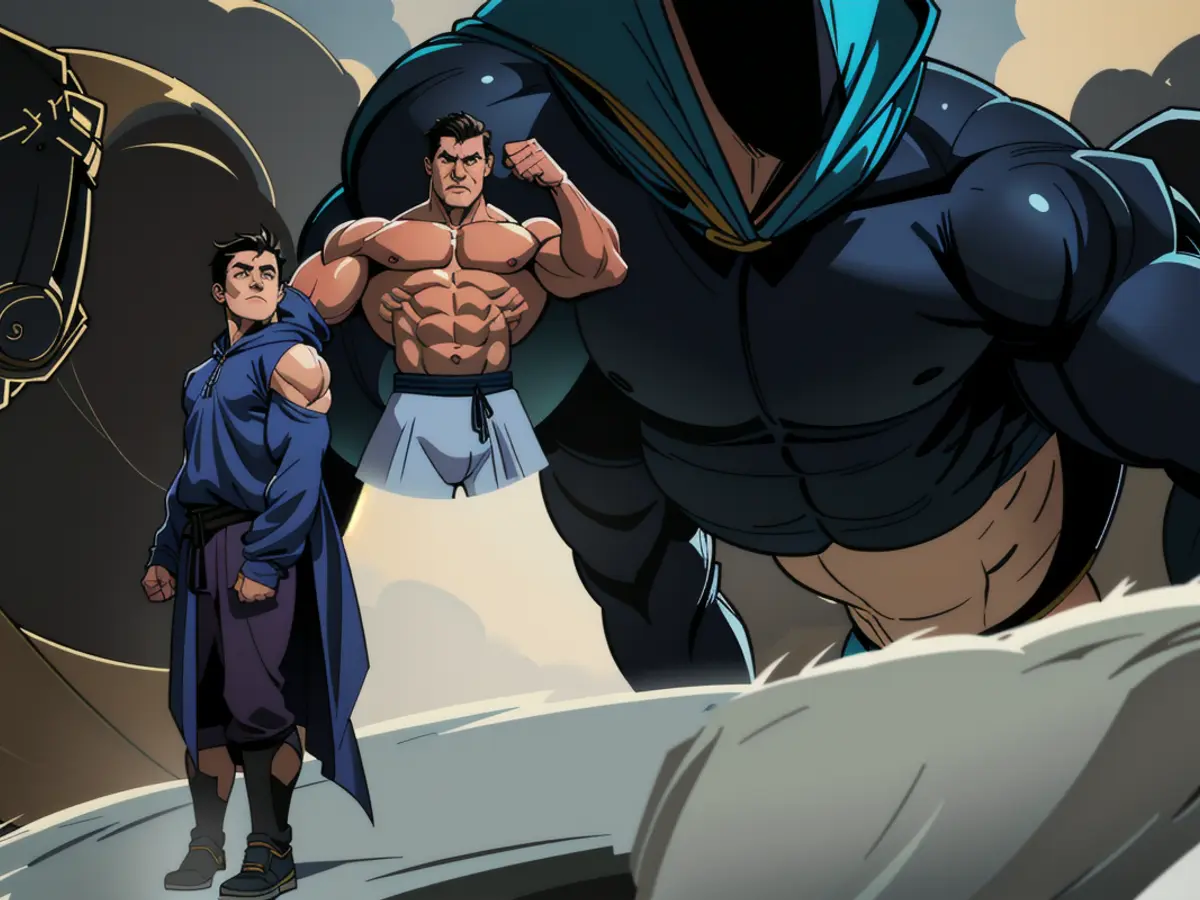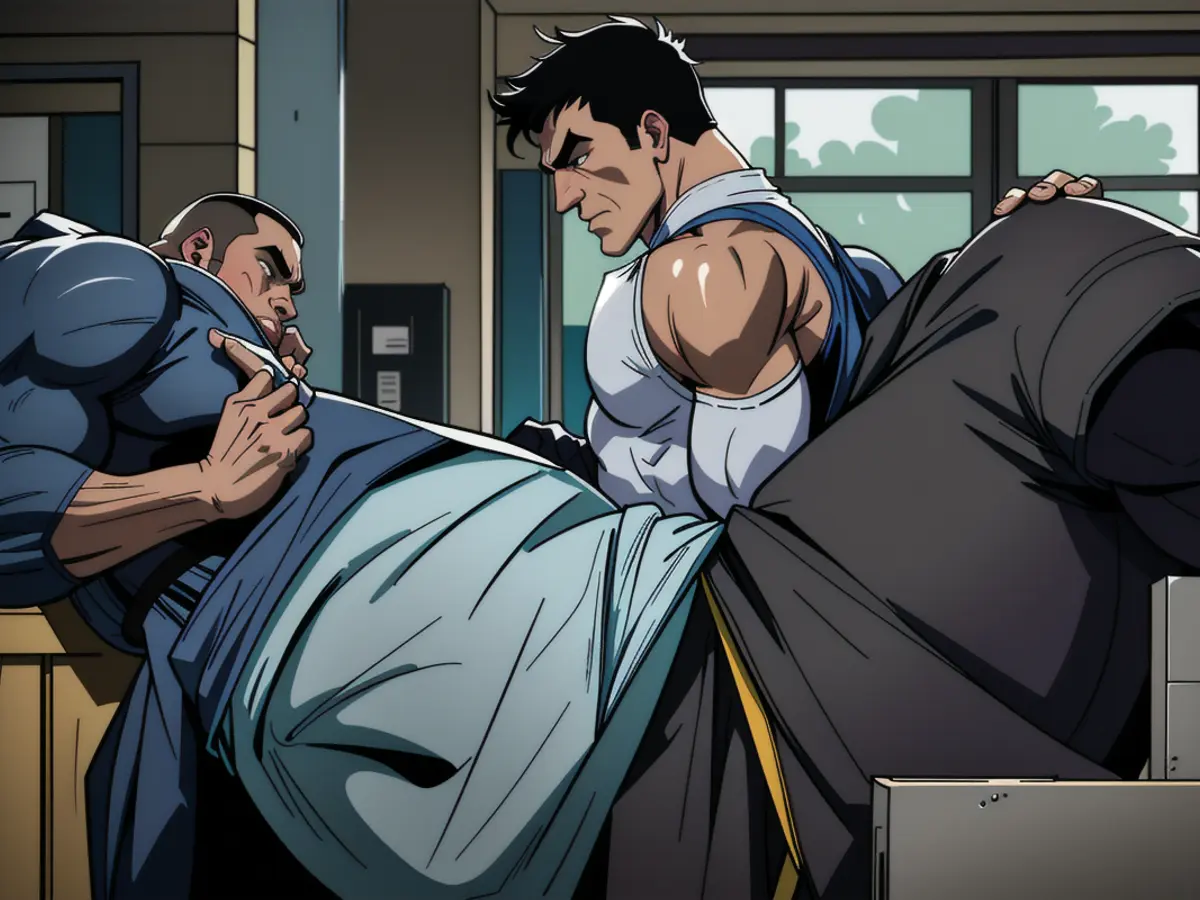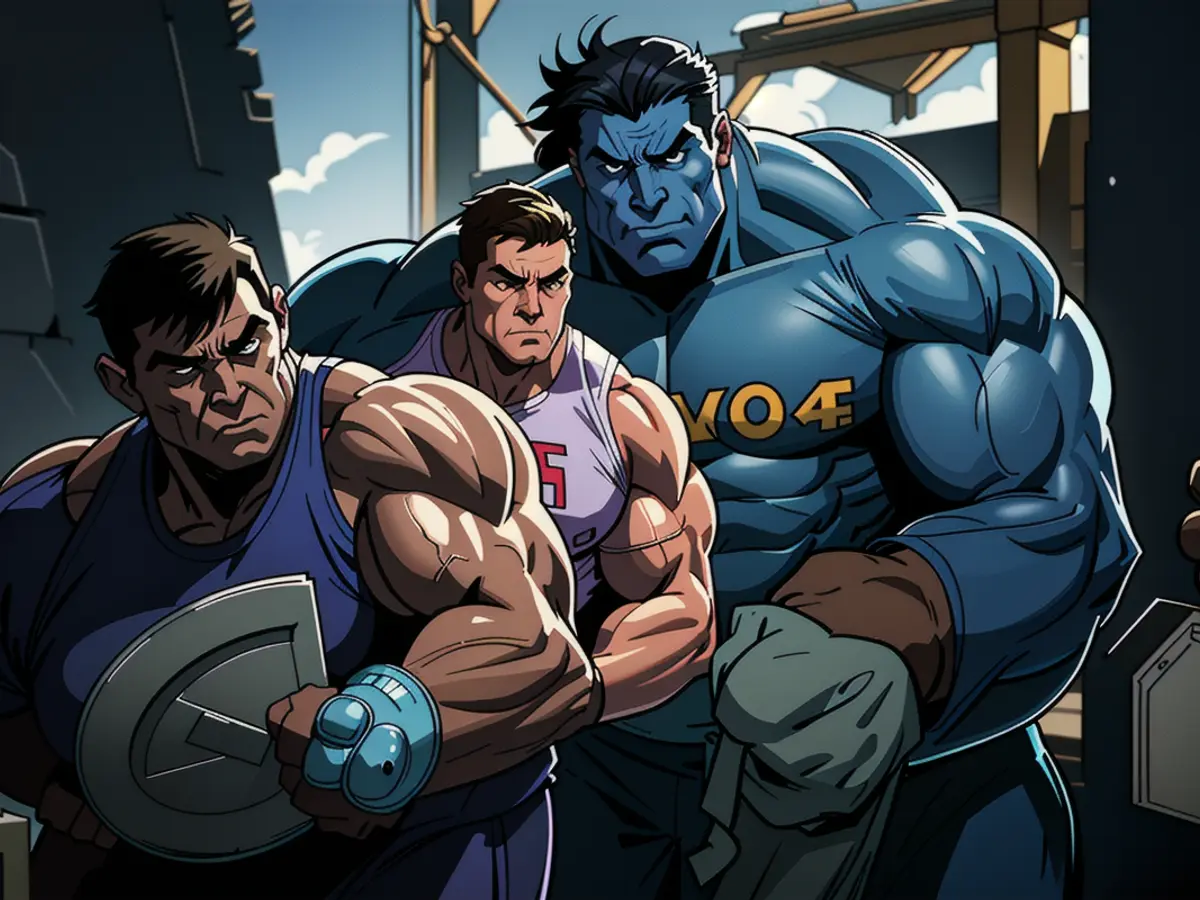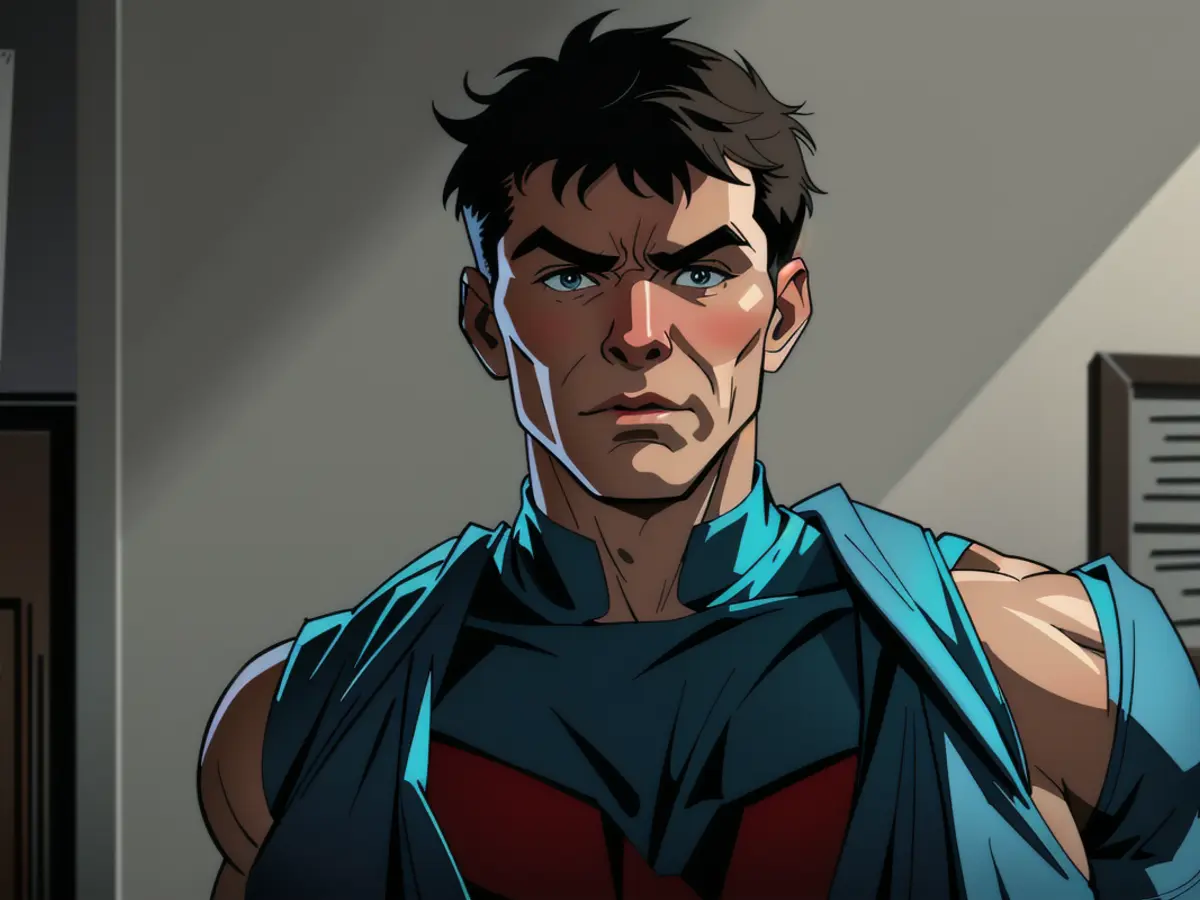Adolescent Boys in Distress Urge Grown-ups to Take Notice, as Portrayed in Netflix's Series 'Adolescence'
The contemporary world may look drastically different from the past for today's youngsters, and "Adolescence" on Netflix captures this gap perfectly.
Take the second episode, where Detective Inspector Luke Bascombe (Ashley Walters) investigates why 13-year-old Jamie Miller (Owen Cooper) allegedly murdered his classmate, Katie. At first, he assumes their interaction on Instagram was friendly or perhaps romantic. However, his son, who also attends the same school, corrects him entirely.
It turns out those seemingly innocent emojis Katie commented were not friendly, but rather a form of coded bullying, pointing towards "incel" culture. The dynamite emoji represented an exploding red pill – a reference to the manosphere. The 100 symbol was another nod from the manosphere, hinting at a theory claiming 80% of women are attracted to 20% of men.
This eye-opening revelation leaves Bascombe and other adults in a state of stunned cluelessness. They're helplessly unaware of the toxic and harmful ideas their kids are exposed to daily, and it raises questions about "Adolescence." Ever since its premiere, audiences have been discussing young men's attitudes towards women, incel culture, smartphone use, and more.
The show commences as a crime drama but over four episodes, it takes viewers deep into the psychological behind such heinous actions and lessens the lines between right and wrong.
In an interview with CNN, Jack Thorne, series co-creator, tells the journey into the darker corners of the internet, young male rage, and what he hopes parents will take away from the show. In the conversation, he touches on the timely issues of the manosphere, modern masculinity, online bullying, and more.

What made you want to tell this story?
Friend and co-creator, Stephen Graham, was the initial spark. He called, suggesting they write a show about boys hating girls and knife crimes, a problem in the UK currently. That conversation set off a discussion about male rage, their own anger, and their own cruelty, aiming to create a complicated portrait of masculinity.
Were these issues something you've been thinking about for a while?
These topics have been on his mind, but he initially dismissed them. As he started delving deeper, he found surprising ideas within incel culture, offering explanations for feelings of isolation, low self-worth, and feelings of being unattractive.
What was the research process for writing the character of Jamie?

His exploration into the wide world of social media, forums, and Reddit spanned the dark corners of the internet. He also established burner accounts to follow popular individuals and delved deeper into the lesser-known figures that fascinated him.
What was the overarching question you were trying to answer?
The question was always "Why did Jamie do it?" The writers aimed to maintain the focus on "whydunnit," which is why they include the school in episode 2 to understand Jamie better amid his peers and brain chemistry.
The show dissects Jamie's descent into violent misogyny from various angles, including his school environment, home environment, and social media use. The answer isn't straightforward; multiple factors contributed to his descent, highlighting how a village's various elements can destroy a child.
The creators aim to prompt discussions among parents, teachers, and politicians about the influential role they play in supporting young people during these challenging times. They hope that addressing the radicalization of young men will be a collaborative effort rather than an individual responsibility.

- The symbolism of emojis in the manosphere, a term Jamie's father encounters during the investigation, sheds light on the hidden forms of bullying that can take place online, blurring the line between innocent communication and harmful messaging.
- The creators of the show, Jack Thorne and Stephen Graham, were driven to tell the story of Jamie, a young boy involved in a violent crime, due to their shared concern about young male rage and the growing issue of incel culture in the UK.
- In researching the character of Jamie for the show, Jack Thorne delved deep into the world of social media, forums, and Reddit, even creating burner accounts to gain a better understanding of the lesser-known figures that fueled his fascination and illuminated the complexities of modern masculinity.








